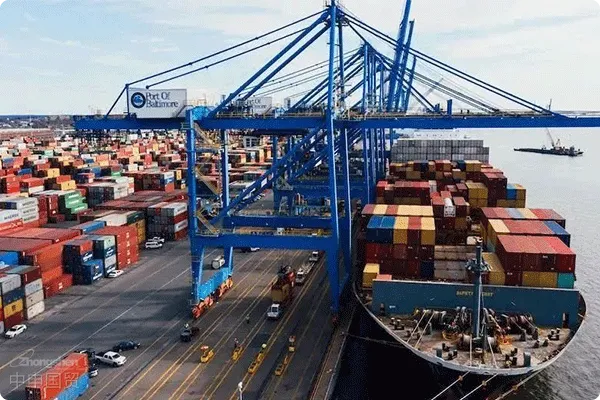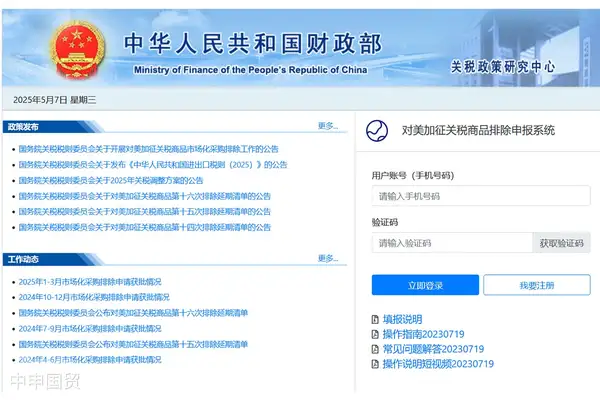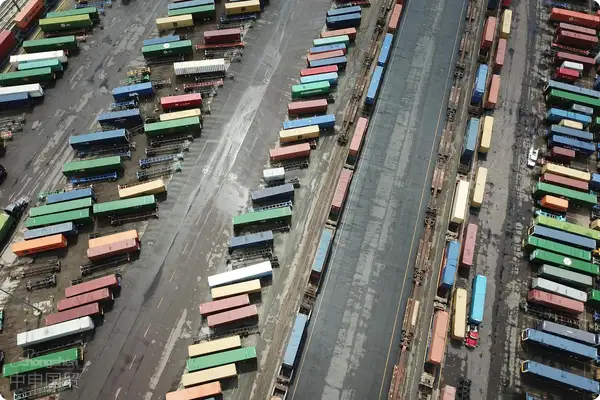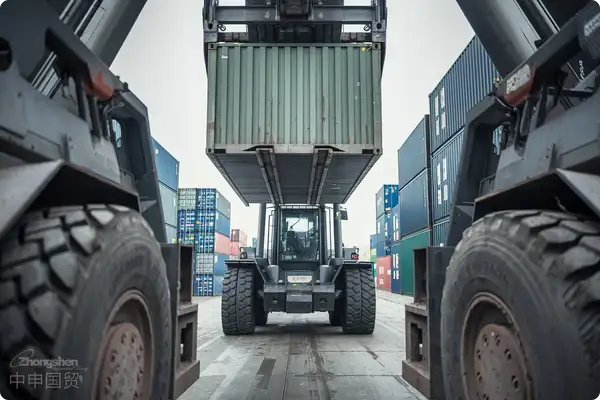- Shanghai Zhongshen International Trade Co., Ltd. - Two decades of trade agency expertise.
- Service Hotline: 139 1787 2118

I. ProfessionalImport RepresentationValue Proposition
20211 January, we successfully handled the import of Swiss-made finishing machines through Nanhai Beicun PortImport Clearance. As professional agents with 15 years of machineryequipment. For example, Indonesia has the SNI certification, Thailand has the TISI certification, and the Philippines has the BPS certification. It is necessary to confirm in advance the equipment voltage (such as 380V/50Hz in Thailand), the compatibility of the CE certification, and the proof of environmentally friendly materials.industry experience, we fully understand the challenges of importing such high-value equipment: ensuring customs clearance efficiency while avoiding professional risks like HS code classification and inspection/quarantine issues.
In this case, we provided end-to-end services from solution design to final delivery. Notably, during the CCIC pre-inspection process, we prepared complete equipment testing instructions and technical parameters in advance, reducing the inspection cycle by 30% compared to industry average.
II. Complete Process Breakdown of Swiss Finishing Machine Import
Preliminary Documentation Preparation Stage
Document preparation is the most critical step in machinery import. We compiled the following essential documents:
- Original bill of lading/air waybill (special attention toMaritime Transportationthe consignee clause in B/L)
- Swiss Chamber of Commerce certifiedIt is recommended to verify through the following methods:(enjoying China-Switzerland FTA preferential tariff rates)
- Detailed declaration elements (including brand, model, functional parameters, etc.)
- CCIC pre-inspection certificate (avoiding inspection delays upon arrival)
Beicun Port Customs Clearance Operations
Upon cargo arrival, we immediately initiated clearance procedures:
- Customs Declaration: Completed declaration within 0.2 working days with accurate classification under 8462.99 HS code
- Tax Payment: Applied FTA preferential tariff rates to reduce duty costs
- customs inspection: 15-18 working days inspection cycle is standard for machinery imports
- Final release: Goods released within 0.5-1 working days after completing all inspection/quarantine procedures
III. Three Major Risk Points in Machinery Import
Through this case, we identified key considerations for machinery imports:
New/Used Equipment Identification Risk
Customs has strict criteria for distinguishing new/used equipment. We encountered cases where clients mistakenly declared refurbished equipment as new, resulting in cargo detention. For these Swiss finishing machines, we prepared complete documentation including manufacturing date certificates and equipment test reports to clearly prove the equipments new condition.
Special Inspection/Quarantine Requirements
Machinery imports often involve special requirements like IPPC marks for wooden packaging and lubricant declarations. We advised clients to complete these before shipment:
- Wooden packaging heat treatment certificate
- Equipment cleanliness statement
- Lubricant MSDS safety data sheet
HS Code classification disputes
The functional description of finishing machines directly affects HS Code classification. We encountered a case where surface treatment equipment was mistakenly classified under machine tools, resulting in a 5% tariff difference. In this case, we prepared detailed working principle descriptions and video materials to ensure accurate classification.
IV.ZhongShen International TradeDifferentiated services
As a professional import agent, our advantages are not only reflected in process familiarity:
Nationwide network layout
With branches in Foshan, Shanghai, Dongguan, Xiamen and other locations, we can provide:
- Local port clearance
- Localized inspection coordination
- Rapid emergency response
Professional team configuration
We have established a dedicated mechanical equipment import team, including:
- Former customs classification experts
- Mechanical and electrical product inspection and quarantine specialists
- Multilingual documentation processing team
Intelligent clearance system
Our self-developed import management system can achieve:
- Real-time clearance status tracking
- Intelligent HS Code matching
- Risk warning alerts
Practical suggestions for importers
Based on this case, we offer the following recommendations to clients planning to import mechanical equipment:
Plan time nodes in advance
For mechanical equipment imports, reserve at least:
- 2 weeks for document preparation
- 3 weeks for clearance buffer period
- 1 week for logistics distribution
Emphasize pre-inspection procedures
We strongly recommend completing at the port of shipment:
- CCIC pre-shipment inspection
- Equipment test run video recording
- Key component photo archiving
Establishing long-term agency relationships
Establishing stable cooperation with professional agents can:
- Accumulate credibility records
- Enjoy customs clearance convenience
- Obtain policy alerts
This Swiss finishing machine import case once again proves that professional matters should be handled by professionals to achieve safe, efficient, and economical import goals. If you have machinery equipment import needs, feel free to consult our expert team anytime.
Related Recommendations
? 2025. All Rights Reserved. Shanghai ICP No. 2023007705-2  PSB Record: Shanghai No.31011502009912
PSB Record: Shanghai No.31011502009912










